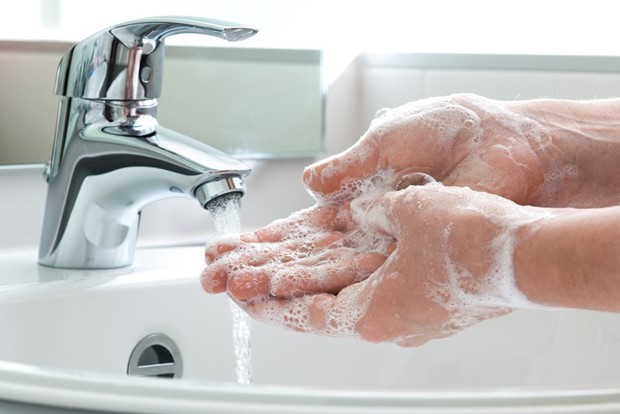A nurse is caring for an older adult client who is suspected of having septicemia.
Which of the following actions is the nurse's priority?
Obtain a WBC count with differential.
Obtain a blood specimen for culture and sensitivity testing.
Obtain a history to determine recent injuries.
Obtain a broad-spectrum antibiotic for rapid administration.
The Correct Answer is B

The priority action for a nurse caring for an older adult client who is suspected of having septicemia is to obtain a blood specimen for culture and sensitivity testing.
This test will help identify the specific microorganism causing the infection and determine the most effective antibiotic treatment.
Choice A is incorrect because while a WBC count with differential can provide information about the presence of an infection, it does not identify the specific microorganism causing the infection.
Choice C is incorrect because while obtaining a history to determine recent injuries can provide useful information, it is not the priority action.
Choice D is incorrect because while administering a broad-spectrum antibiotic may be necessary, it should not be done before obtaining a blood specimen for culture and sensitivity testing.
Nursing Test Bank
Naxlex Comprehensive Predictor Exams
Related Questions
Correct Answer is C
Explanation
This statement indicates an understanding of the teaching because it shows that the client is aware of the importance of reducing their risk of infection by taking precautions when handling pet waste.

Choice A is wrong because while increasing the amount of fresh fruits and vegetables consumed is a healthy dietary choice, it does not demonstrate an understanding of the discharge teaching for a client with AIDS.
Choice B is wrong because while cleaning up areas soiled with body fluids is important, using alcohol and immediately disposing of the trash is not necessary.
Choice D is wrong because taking clothes to the dry cleaners to sterilize them is not necessary for a client with AIDS.
Correct Answer is C
Explanation

The fluctuation of fluid in the water-seal chamber of a chest tube is known as tidaling and is caused by the changes in pressure within the chest during respiration.
Choice A is not correct because tidaling does not indicate an air leak.
Choice B is not correct because tidaling does not necessarily mean that the lung is fully re-expanded.
Choice D is not correct because suction pressure does not cause tidaling.
Whether you are a student looking to ace your exams or a practicing nurse seeking to enhance your expertise , our nursing education contents will empower you with the confidence and competence to make a difference in the lives of patients and become a respected leader in the healthcare field.
Visit Naxlex, invest in your future and unlock endless possibilities with our unparalleled nursing education contents today
Report Wrong Answer on the Current Question
Do you disagree with the answer? If yes, what is your expected answer? Explain.
Kindly be descriptive with the issue you are facing.
